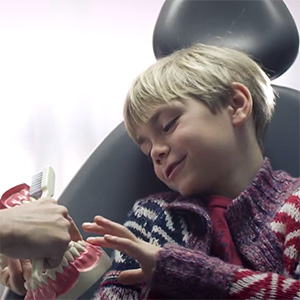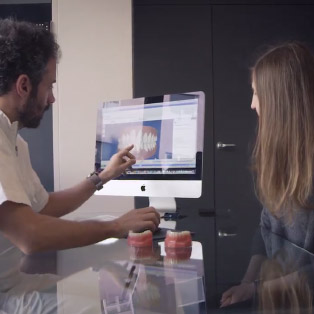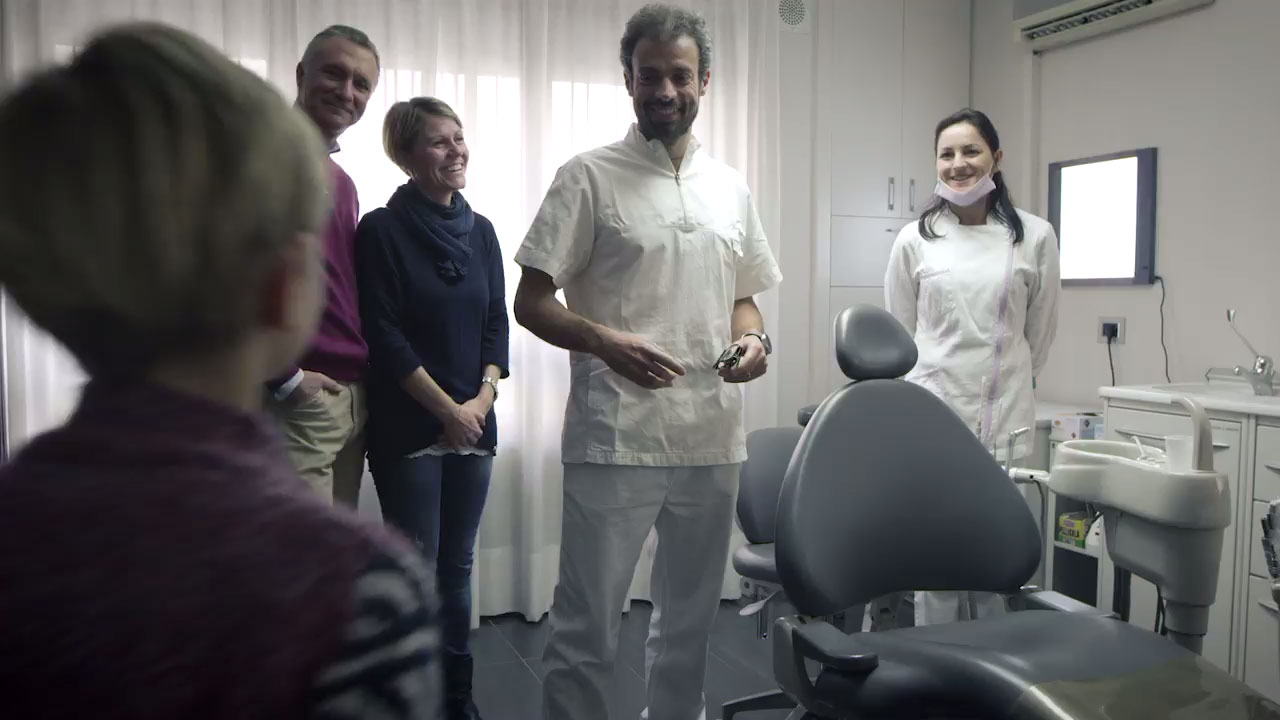
Pediatric dentistry
The first dentist appointment is probably the most important one in a patient's life. In our practice, an absolutely atraumatic approach is applied to paediatric patients, and the utmost importance is given to prevention by implementing all recent World Health Organization protocols. We never force little patient to submit to any therapy. We try to gradually win the patient’s trust through comminication that will help them accept the therapy with no pain.

Sealants
Fissure sealing of permanent first molars is an atraumatic very efficient method for primary prevention of dental caries. In the USA, it is compared to vaccination. Sealants and fluoride together can prevent almost all tooth decay. 5-6 year old children benefit most from this procedure 14 to 24 months after getting their first molars, but sealants may benefit young patients up to 10-11 years old. Second molars and premolars can also be sealed in the case of children at high risk of tooth decay.
Fractures
Fractures of incisor teeth in children are a common paediatric pathology. New generation composite materials enable long-lasting and almost invisible restorations. When the kid grows up it will be possible to cover the traumathized tooth with a permanent and aethetically more pleasent ceramic restoration (veneer or crown).

Orthodontics
Orthodontics is the branch of dentistry that deals with the study, development and growth of the dentomaxillofacial apparatus and related structures, from birth to its maturity.
It includes all the preventive, interceptive and corrective procedures of the malocclusions, using functional or mechanical devices (commonly called "appliances") in order to establish normal anatomical and functional relationships of the teeth and the bone.
The result is a correct occlusion and a satisfying appearance (with particular attention to alignment). The Valenti Dental Practice uses the most modern orthodontic techniques for the rehabilitation of adult and pediatric patients. Both the most classic fixed appliances with brackets are available, as well as removable ones such as Invisalign. Invisalign represents the most modern dental technique to apply dental movements and it uses transparent trays programmed with a very sophisticated software. This software is called ClinCheck and gives the patient and the dentist the opportunity to pre-visualize the result on the computer before starting the production of the appliances.
The patient changes the trays every 10 days-2 weeks with a treatment lasting overall between 3 and 18 months. Orthodontics is used also in treatment plans that require complex interdisciplinary rehabilitation with intervention of surgical, implant, periodontal and prosthetic therapies.
